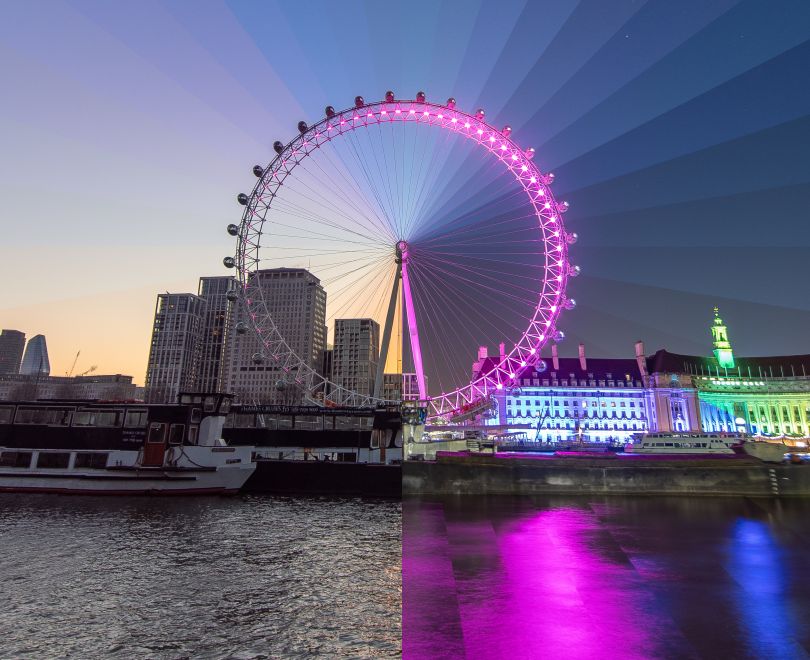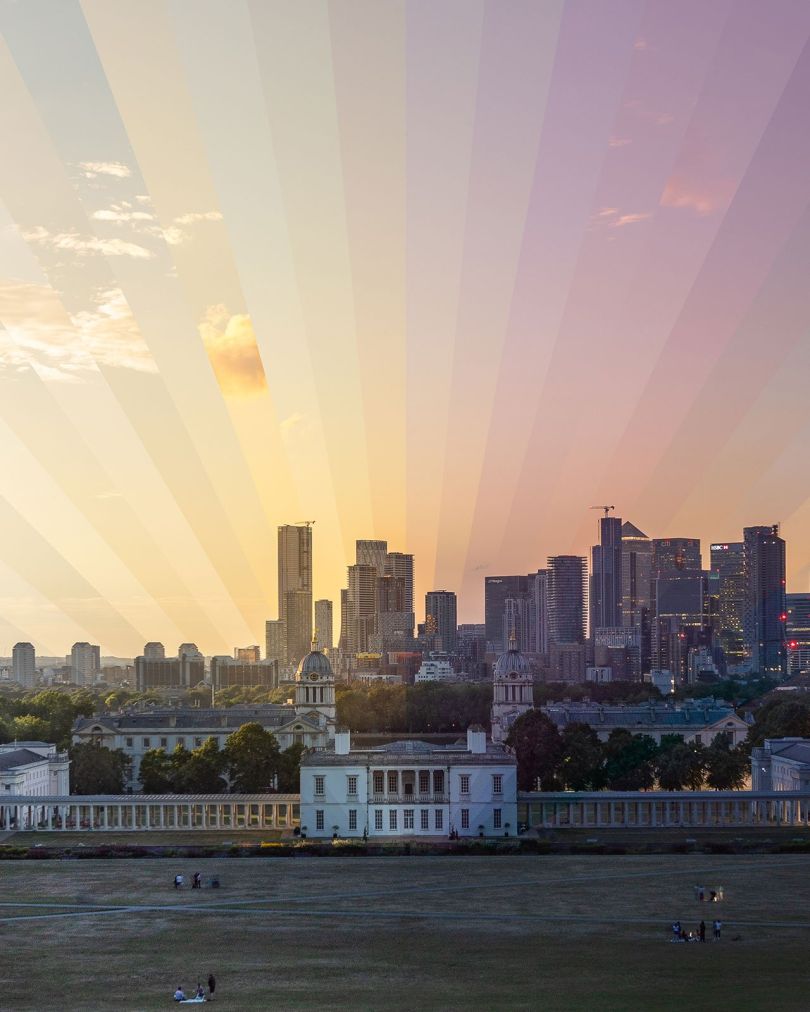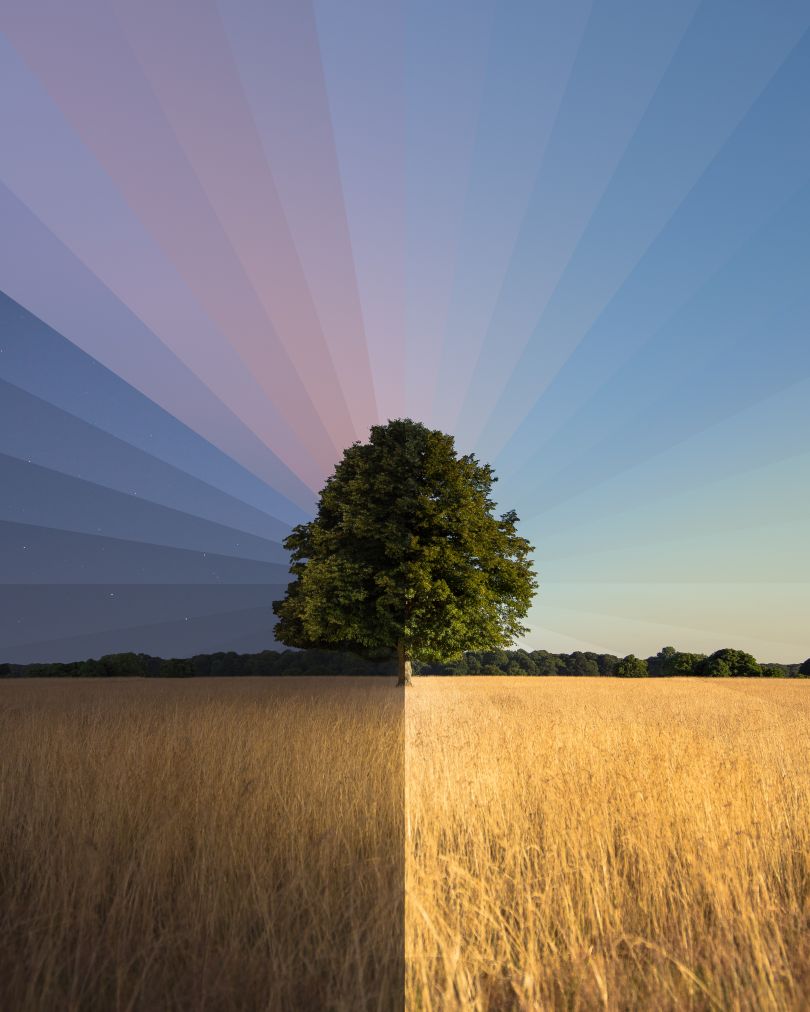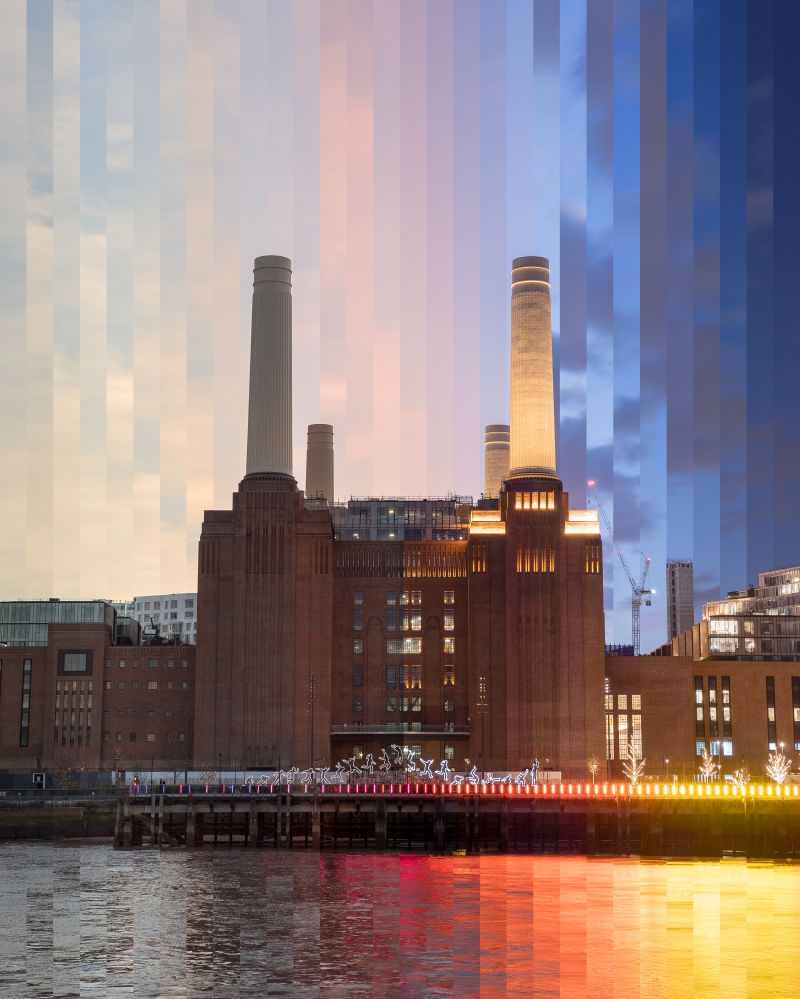[ad_1]
The concept of time has always fascinated photographers. “Photography takes an instant out of time, altering life by holding it still,” said Dorothea Lange. The American photojournalist was best known for her Depression-era work during the 1920s in the United States, capturing the gaunt and haunted images of families on the verge of starvation.
In some ways, it’s easy to see the impact of time on ravaged faces. But it’s much harder to see the impact of time on landscapes, landmarks and buildings.
Today, photographers have turned to all sorts of methods to expand the moment and to encapsulate more than just the one second in which the shutter clicks.
Time-slice photography is used as a tool to capture the motion, pace and atmosphere of the subject. We often think of photography as capturing a single moment, but a time-slip image shatters this illusion by showing a person, place or thing over minutes, months or even years in one picture.
In the early days of photography, cameras struggled with capturing a sharp image, given the limitations of shutter speeds and types of lenses. Nevertheless, early photographers were fascinated by movement and the ability of a photograph to capture a ‘true’ likeness of a person or landscape.

The London Eye which took seven attempts to achieve this effect © Matt Kenneally
Perhaps the earliest instance of time-slice photography was in the attempts made by Eadweard Muybridge and his study of movement. His most famous image was taken in 1878, of a horse in motion, which captured on film for the first time that a horse actually ran with all four feet off the ground at one part of a gallop, which was a revelation at the time. Muybridge’s work opened up new possibilities and expanded what we could see.
Photographer Matt Keneally took up time-slice photography to enhance his creative process. He started his career as a designer but now dedicates all of his efforts to time-slip photography.
The sense of time and of ‘now’ is questioned by Keneally in his images of the urban environment, as well as the movement and motion surrounding buildings and landscapes. His definition of time-slice photography is “when you take a series of photos over a few hours and then, in post-production, slice them together to show the passing of time in one single image.
“It’s a time-lapse without the video, showing the passing of time in a single image. I like having a still image; I feel people can stay with it longer.”
His photography equipment includes a Sony A7R Mark II, which is mirrorless. “You get a bigger frame to work with, more detail, bigger sensor, bigger pixels,” Keneally explains.
As the name suggests, mirrorless cameras capture images without using a mirror in the camera body. This is the main difference with DSLR cameras, which reflect images into viewfinders via mirrors. Mirrorless cameras use electronic viewfinders (EVF) to display images digitally.

The home of time – view from the Observatory in Greenwich © Matt Kenneally
The photographer is happiest standing out in all kinds of inclement weather, often for hours to shoot his time-slices. Kenneally often has to return again and again to the location if he doesn’t feel he has captured the image he wants.
“I can spend up 3-4 hours at a time trying to capture the changing of time, especially from day to night, or the twilight hour, with its dramatic light shift.
“A lot of people think it’s a bit weird, but I used to be an astrophotographer before. I used to sit all night out in the cold, so this is a bit of an upgrade.”
At first, photography was just a hobby, and he was content to play around with his first camera in 2009. However, the obsession grew until it completely took over his life and became his full-time career for 13 years.
“I was looking for something a bit different. I was bored of taking standard landscape photography. I remembered this technique called time-slice that I tried a long time ago. I was rubbish at it, but I thought I would give it another go. Now, I don’t know how to do anything else.”
His favourite part of time-slice photography is putting the image together and then finally seeing the finished image in post-production. Several different versions of a single image can be created by choosing a different photo, which results in varying results.
Talking about his time-slice image of the London Eye, Keneally found it one of the most challenging due to bad weather and the wheel’s constant motion. “It was a nightmare to shoot and took seven attempts to get right. The weather conditions can change and completely ruin the shot or not achieve the effect you’re after.”

Lone Tree © Matt Kenneally
However, it was well worth the effort as his images were published in Digital Camera World. Not surprisingly, Keneally has also chosen the Prime Meridian at Greenwich to shoot. Since the late 19th century, this location has served as a reference line for GMT (Greenwich Mean Time).
The photographer felt it was the right place to show the passing of time. The time-slice image was made over two hours and 30 minutes.
Keneally now has a number of limited prints for sale on his website. A new book is in the pipeline for next year, which will have a collection of new images, not just his London landmarks.
He is moving forward and exploring new themes. “The last shot I did was of the Houses of Parliament. I think I’m done with that. Next year I want to move on to shots other than standard landmarks. I want to move away from the digital and more into books and prints. Anything that distracts people from their phones for a while will be worth it.”

Photographer Matt Kenneally © Matt Kenneally
[ad_2]
